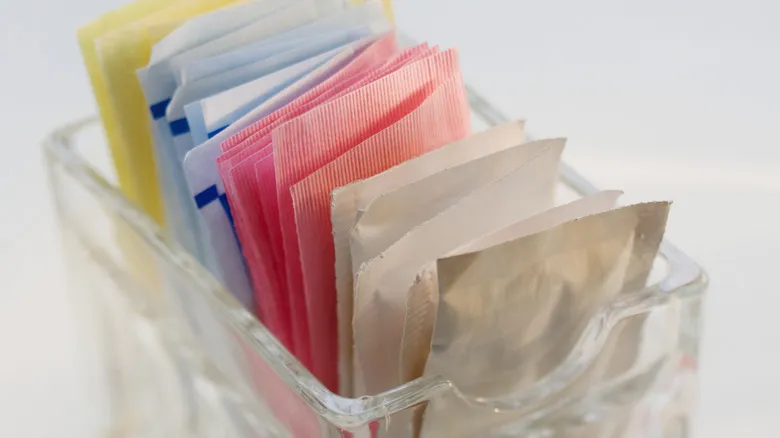Saccharin started it all
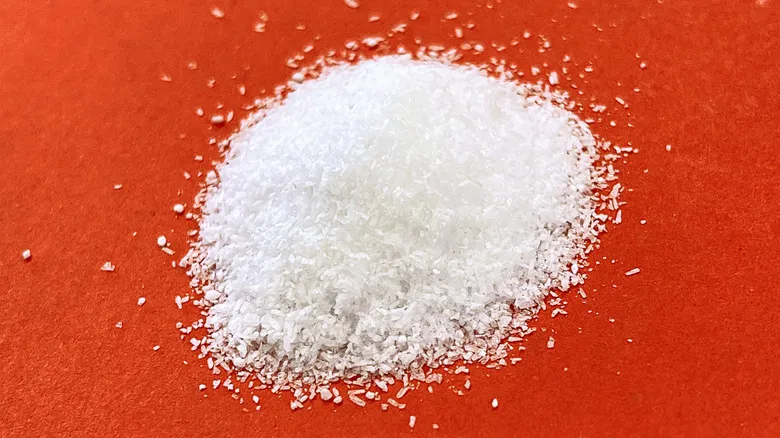
In 1878, two researchers, Ira Remsen and Constantin Fahlberg, were collaborating in a laboratory at Johns Hopkins University, investigating the oxidation of methylated sulfobenzoic acids and their amides, commonly referred to as coal tar derivatives. While this may not resonate with those unfamiliar with chemistry, the most significant result of their work was the serendipitous discovery of saccharin, which Fahlberg tasted on his hands during dinner one evening. He later obtained patents and began marketing it in the 1880s as the first recognized sugar substitute, a much-loved yet unfortunately unhealthy sweetener.
Unlike sugar, saccharin is not processed by the body and contains no calories, even though it is approximately 500 times sweeter than sucrose. When Fahlberg initially tried the sweetener himself, he experienced no negative effects. However, in the early 20th century, growing public concerns about food safety led to the enactment of the Pure Food and Drug Act in 1906. When FDA commissioner Harvey Washington Wiley sought to prohibit saccharin, he was overruled by President Theodore Roosevelt, who had been prescribed the sweetener as part of a weight-loss plan.
In the ensuing decades, a prolonged debate emerged regarding the scientific evidence surrounding saccharin's potential dangers, which was consistently found to be inconclusive. Saccharin became a popular sugar alternative during wartime when sugar was in short supply, but its popularity surged in the mid-20th century as Americans became more health-conscious and began consuming more prepackaged foods, leading to the rise of diet sodas as a favored beverage.
The sweet successors that followed
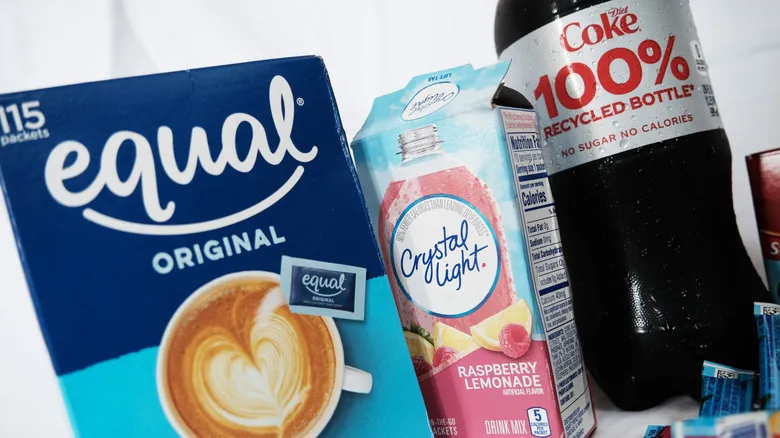
The next artificial sweetener to emerge on the market was cyclamate, which was discovered in 1937 by Michael Sveda, a graduate student at the University of Illinois. While attempting to develop a new fever-reducing medication, Sveda encountered a sweet substance on his fingers during a smoke break, reminiscent of Fahlberg's experience in 1878.
Cyclamate is approximately 30 to 50 times sweeter than sugar and does not have the bitter aftertaste associated with saccharin. As a result, the two sweeteners were often combined, appearing in products like Sweet'N Low and in the formulation of now-defunct diet sodas such as Coca-Cola's TaB. However, in the 1960s, research linked cyclamate to bladder cancer in rats, leading the FDA to ban it in 1970 due to its potential carcinogenic properties, although it remains approved for use in Europe.
In 1965, aspartame made its debut when researcher James Schlatter discovered its sweet flavor after licking his fingers while working on an anti-ulcer medication. Aspartame is about 200 times sweeter than sugar and has nearly zero calories. It received approval for large-scale production in 1981 and quickly became a popular choice, especially after being marketed as NutraSweet and used in Diet Coke. Like other sweeteners, its safety and potential carcinogenic effects are still debated, but aspartame is currently regarded as safe with an established acceptable daily intake (ADI) limit.
Since the late 20th century, several new sweeteners have been introduced, including sucralose, commonly known as Splenda, which was discovered in 1976 through a more intentional process. Sucralose has since surpassed aspartame to become the most commercially successful artificial sweetener.
Recommended
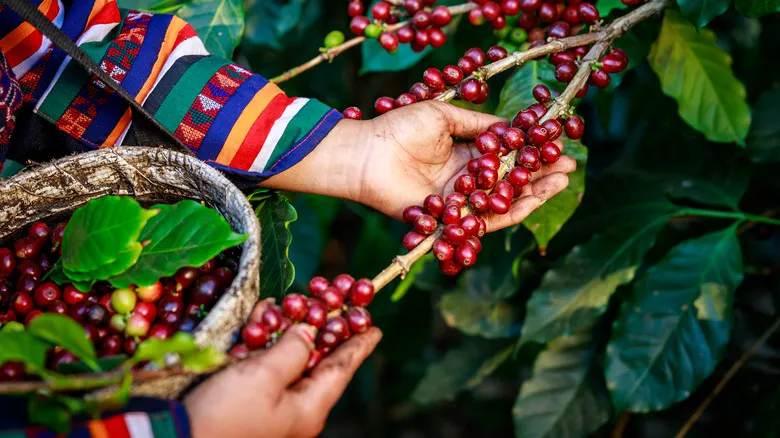
What Your Coffee's Source Country Tells You About Its Flavor

How Professionals Taste-Test Olive Oil

How Long Does A Tray Of Ice Cubes Take To Freeze, Really?
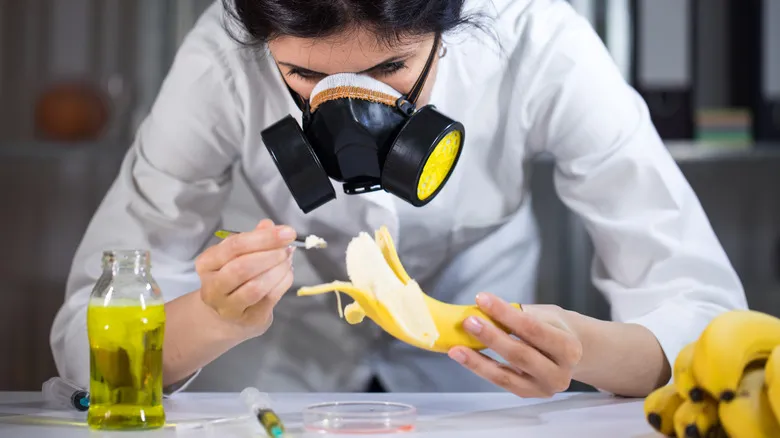
The Scientific Reason Artificial Banana Flavor Tastes Wrong
Next up

